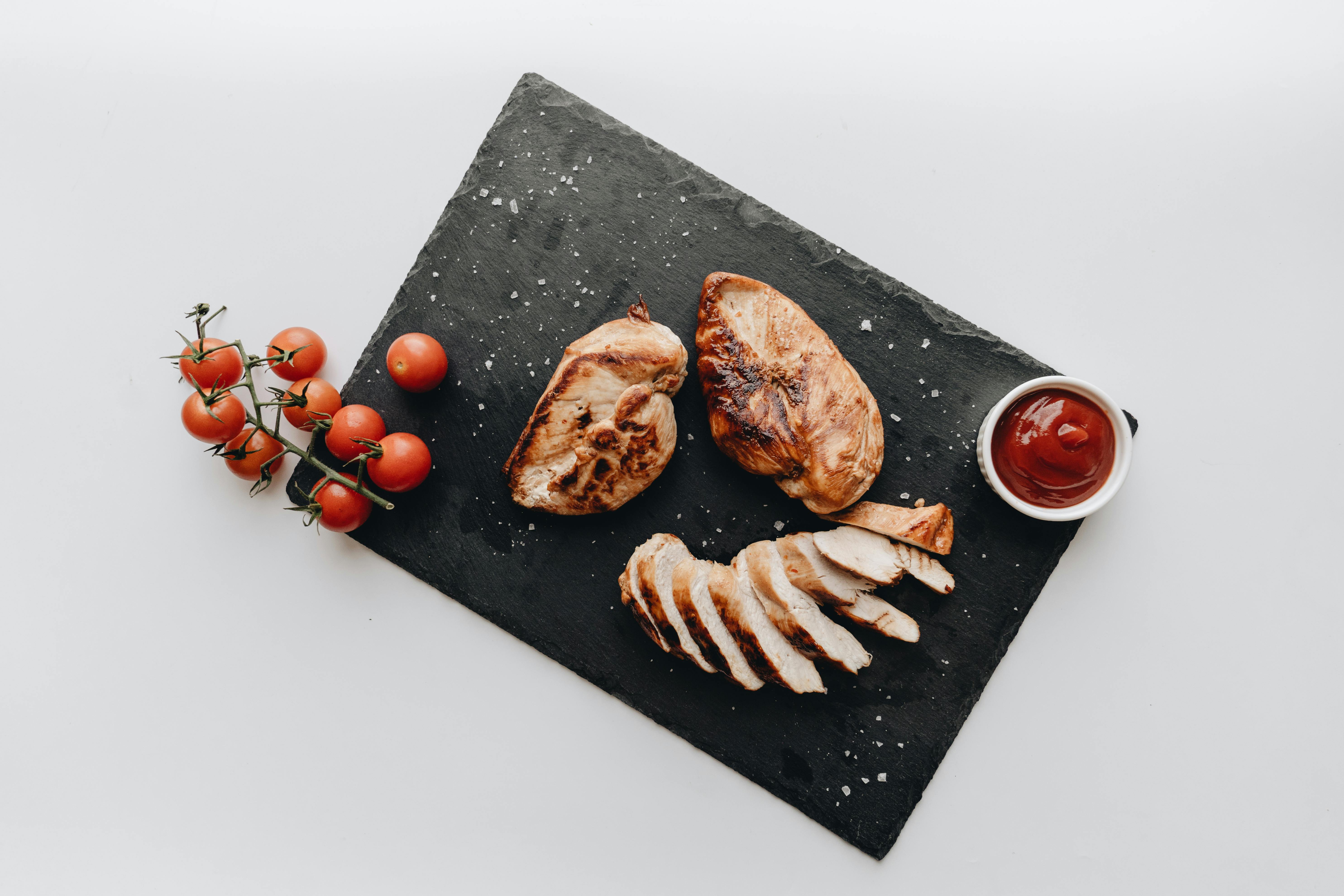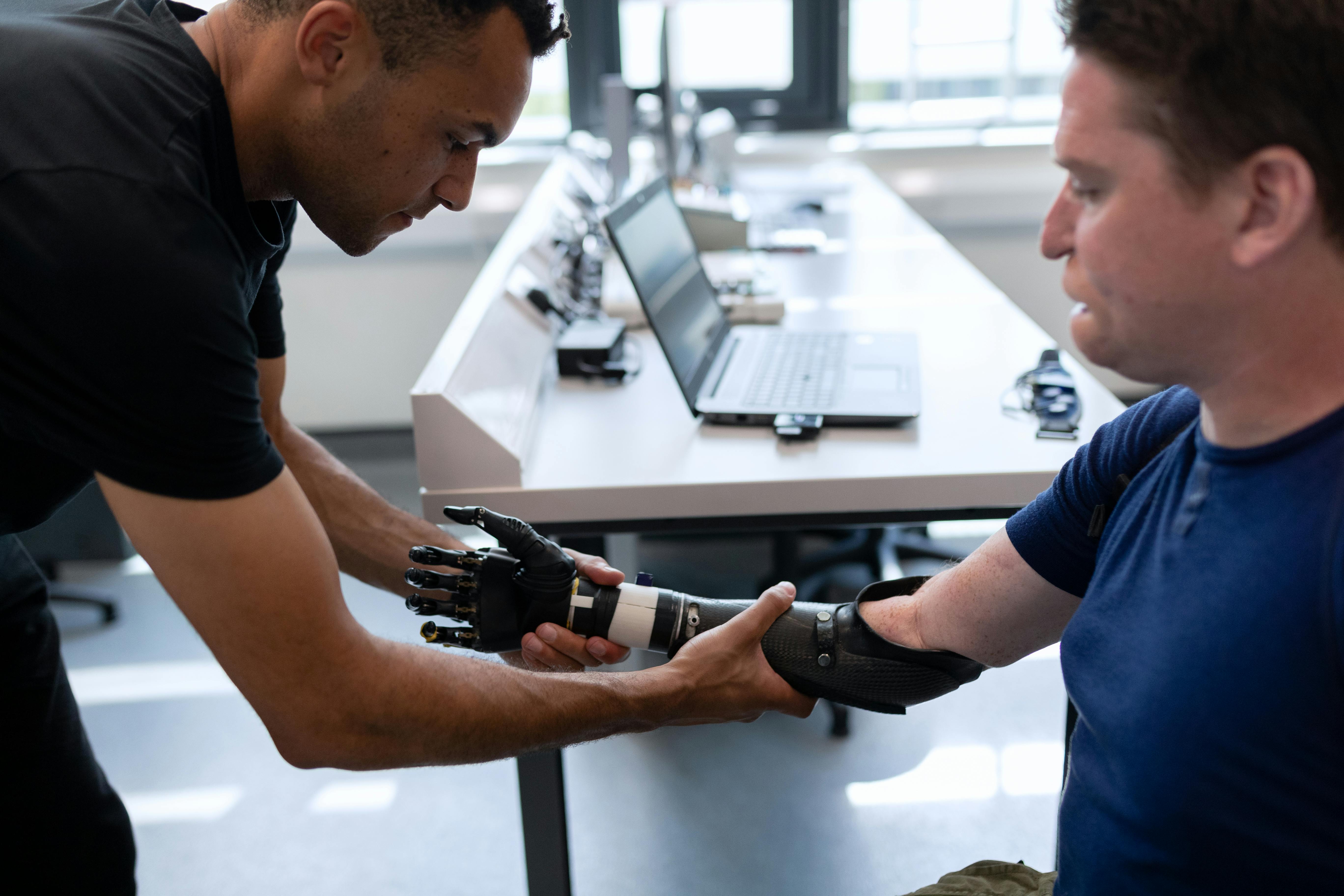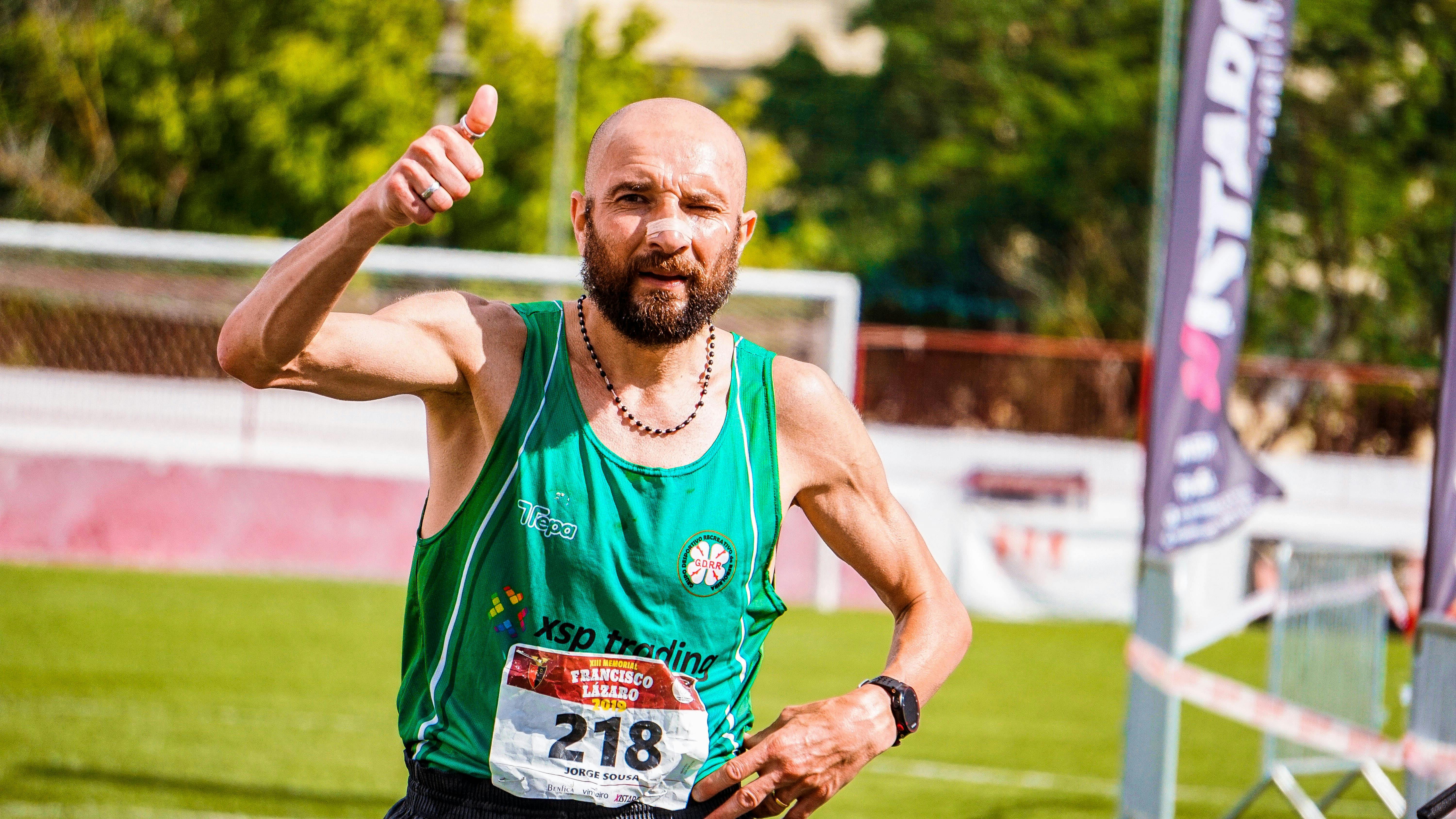Saddle sores almost inevitably occur among serious cyclists to varying degrees. If treated proactively, saddle sores should only be a short-term setback. If left unchecked, saddle sores can become legitimate medical and/or surgical emergencies requiring prescription medications and painful procedures. Therefore, it is imperative to address these issues head-on when they first arise.
What is a sore saddle?
“Saddle pain” is a nebulous term that means different things to different people. It can mean anything from a horrible, life-threatening infection of the skin and subcutaneous tissues to just feeling bruised from a long, hard day in the saddle. For our purposes we will refer to saddle sores as an actual visible injury to the skin and/or subcutaneous tissues of the area of the body in contact with the saddle or bicycle saddle. Saddle sores come in two basic varieties: skin breakdown (eg, chafing and ulcers) and subcutaneous lesions (eg, boils, carbuncles, furuncles, abscesses, and other “lumps”).
An ounce of prevention is worth a pound of cure
The best way to combat saddle sores is to not have them in the first place. Here is a list of 10 things a cyclist can do to prevent saddle sores:
- Bike Fit – This is THE MOST IMPORTANT thing you can do to prevent saddle sores and general discomfort on the bike. If you are a serious fitness, recreational, or competitive cyclist, you should pay for a professional fitting session. Check with your local bike shop.
- Cycling shorts: There are only a few pieces of equipment in cycling that, relatively speaking, you shouldn’t skimp on. Quality cycling shorts will have a molded pad (ie, a “chamois”) in the crotch area made of COOLMAX or a similar polyester-based material. This material is designed to wick away moisture, provide cushioning, allow airflow and prevent chafing.
- Saddle: A quality bike saddle or seat is of obvious importance when it comes to the comfort of your butt. Saddles come in a multitude of shapes, sizes, thicknesses, cushion types, and construction. Since no two pelvises are alike, try as many saddles as possible before deciding on the one that’s right for you. Many stores have programs where you can try multiple saddles before you buy them. Some manufacturers have models in different widths to fit your specific pelvic measurements (eg, Body Geometry by Specialized). You may be surprised to find that the widest, most comfortable saddles are often the most uncomfortable.
- Skin: Clean and dry is your mantra when you’re not driving. Always try to remove your shorts as soon as possible after riding. Head to the shower ASAP as well. If you don’t have an active sore or irritation, make sure your crotch is dry after showering before putting on your underwear.
- Underwear: In between the wrinkles, wear lightweight underwear that allows maximum airflow and doesn’t promote moisture buildup (cotton is king here).
- Laundry – Don’t wear shorts twice without washing them! Cleanliness is important when it comes to preventing saddle sores.
- Anointments and tinctures: Old-school cyclists swear by spraying their most delicate areas with isopropyl alcohol when they crank up the mileage early on the idea that this will toughen their skin. If you can take the sting, this will certainly help dry out your nether regions after a post-ride shower. Be careful, it hurts and may not be entirely necessary.
- Inspection – Take a look at your crotch often. Look for areas of chafing, redness, and small bumps. You will be surprised what you find! Some of these spots can be quite asymptomatic, so you’ll only know they’re there if you look. Pay close attention to “little bumps” as they can develop into large boils and abscesses. The best remedy for these small bumps or scrapes is to stop riding your bike or reduce your mileage. You can also try a variety of commercially available ointments.
- Rest: Just as your body needs to rest to accommodate a training load, your groin needs time away from the bike.
- Chamois cream – Either you use it or you don’t. Most people become regular users once they try it. Chamois creams were initially created to condition chamois pads when they were made from real animal skin. These days, a chamois cream is essentially used to decrease friction between the rider’s skin and the chamois pad. Some brands use botanical ingredients to prevent the growth of bacteria and fungi. These microbes are the main culprits of the sores that do not heal. Beware of brands that use mineral oil and silicone as they can break down modern suede ear cushions and obstruct the airflow properties inherent in the material used in suede ear cushions.
Treatment of saddle ulcers
Areas of minor skin injury can usually heal quickly with a short-term decrease in conduction volume or, better yet, complete rest. The area of skin breakdown should be cleaned with plain soap and water twice a day. Avoid hydrogen peroxide and isopropyl alcohol as they can inhibit normal wound healing. A topical ointment like Neosporin (or another over-the-counter triple antibiotic ointment) can speed up the healing process.
Hard lumps or knots under the skin are usually a more serious condition than skin lesions. Also, these injuries can be quite painful. If possible, a complete break from driving is the best path to a quick and uneventful recovery. As stated above, clean the area twice a day. Although ointments can relieve subcutaneous injuries, most do little to speed the healing process, as they cannot penetrate the skin deep enough to reach the affected area. For subcutaneous lesions that produce thick drainage and areas associated with fever or severe redness of the skin, see your doctor. Antibiotics and surgical drainage of these lesions may be necessary in some cases.
***You should seek medical attention if:
1. You notice an area of intense swelling and redness around ANY saddle sore.
2. Has a fever associated with a sore on the saddle
3. Your saddle pain gets worse after treating it as above
4. You develop drainage of thick material or pus from a saddle sore




